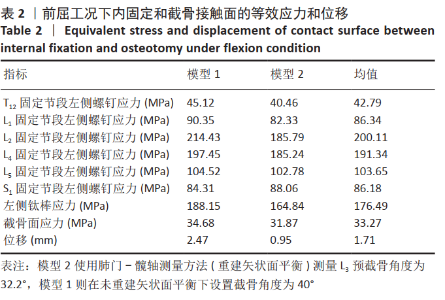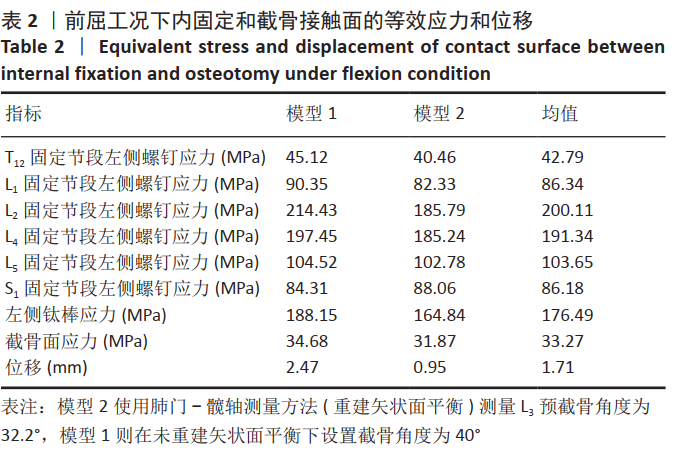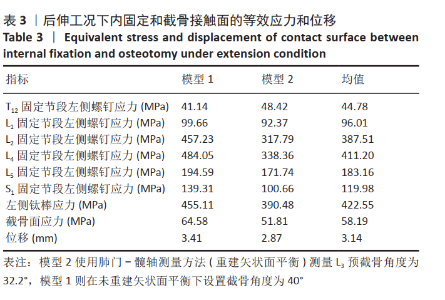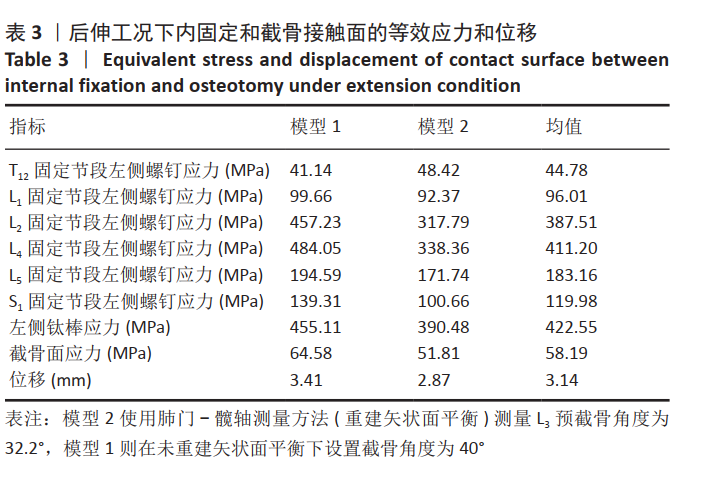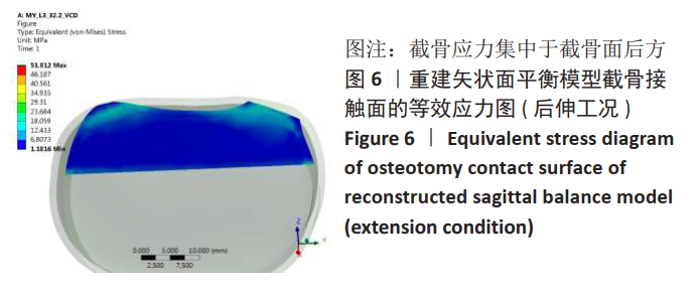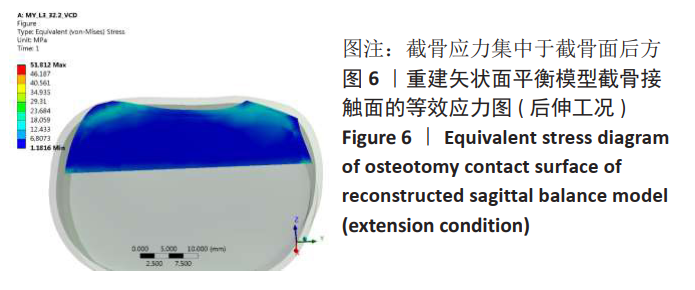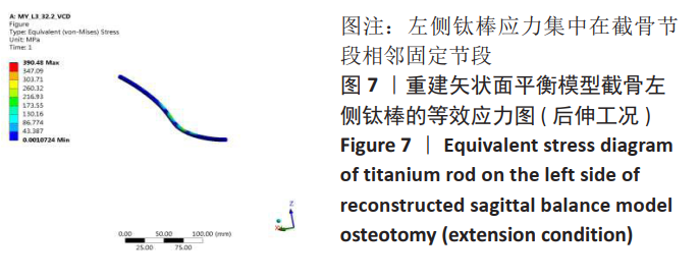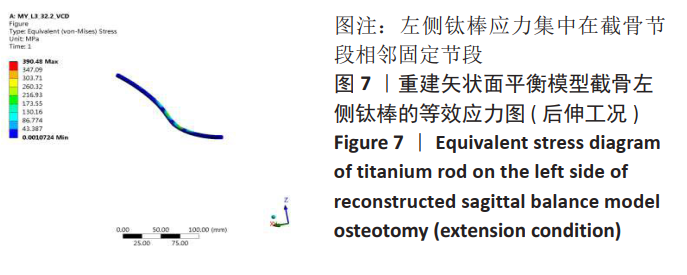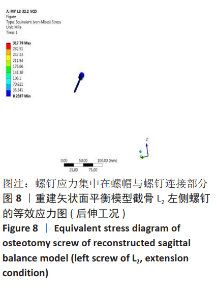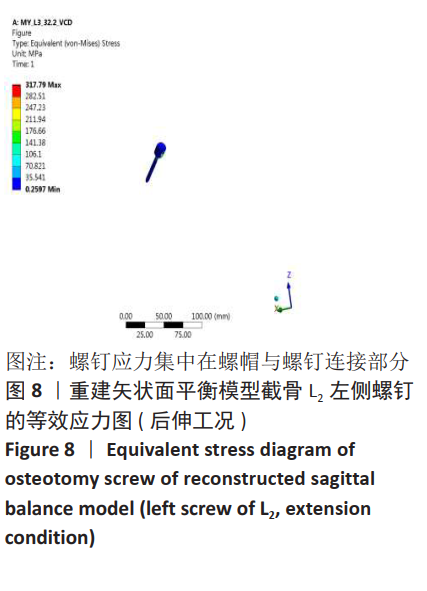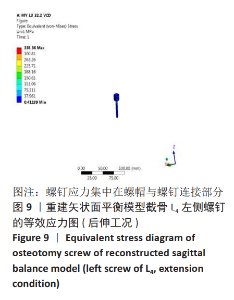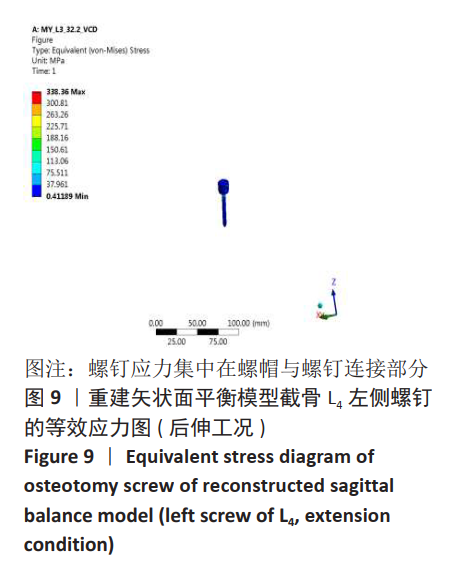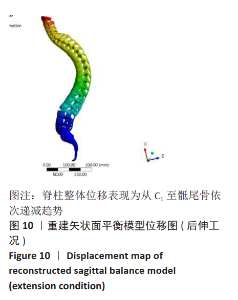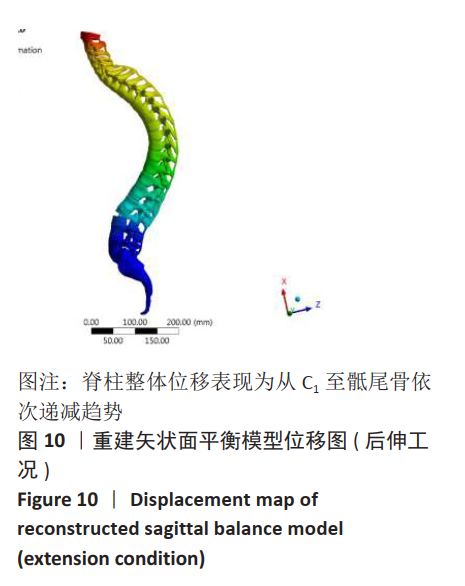[1] BRAUN J, SIEPER J. Ankylosing Spondylitis. Lancet. 2007;369(9570):1379-1390.
[2] WANG T, ZHAO Y, LIANG Y, et al. Risk factor analysis of proximal junctional kyphosis after posterior osteotomy in patients with ankylosing spondylitis. J Neurosurg Spine. 2018;29(1):1-6.
[3] WEINBERG DS, XIE KK, LIU RW, et al. Increased Pelvic Incidence is Associated With a More Coronal Facet Orientation in the Lower Lumbar Spine A Cadaveric Study of 599 Lumbar Spines. Spine. 2016;41(19):E1138-1134.
[4] 郑国权, 张永刚, 王岩, 等. 强直性脊柱炎后凸畸形的301分型[J]. 中国脊柱脊髓杂志,2015,25(9):8-13.
[5] JONES AC, WILCOX RK. Finite element analysis of the spine: Towards a framework of verification, validation and sensitivity analysis. Med Eng Phys. 2008;30(10): 1287-1304.
[6] HEDENSTIERNA S, HALLDIN P, SIEGMUND GP. Neck muscle load distribution in lateral, frontal, and rear-end impacts: a three-dimensional finite element analysis. Spine. 2009;34(24):2626-2633.
[7] 金海明, 王向阳. 脊柱矢状面畸形截骨角度计算方法的研究进展[J]. 中华骨科杂志,2016,36(5):298-306.
[8] BEHARI S, TUNGERIA A, JAISWAL AK, et al. The” moustache” sign: Localized intervertebral disc fibrosis and panligamentous ossification in ankylosing spondylitis with kyphosis. Neurol India. 2010;58(5):764.
[9] BURSTEIN AH, REILLY DT, MARTENS M. Aging of bone tissue: mechanical properties. J Bone Joint Surg Am. 1976;58(1):82-86.
[10] SHIRAZI-ADL SA, SHRIVASTAVA SC, AHMED AM. Stress Analysis of the Lumbar Disc-Body Unit in Compression A Three-Dimensional Nonlinear Finite Element Study. Spine. 1984;9(2):120-134.
[11] FABIAN P, DENIS P. Ankylosing spondylitis and axial spondyloarthritis: recent insights and impact of new classification criteria. Ther Adv Musculoskelet Dis. 2018;10(5-6):129-139.
[12] CHIN CM, TZENG ST. Pedicle subtraction osteotomy in lateral decubitus position to correct severe kyphosis in patient with ankylosing spondylitis-Case report. Form J Musculoskelet Disord. 2019;10(2):69-73.
[13] KOU J, GUO J, JI X, et al. A posterior-only approach for ankylosing spondylitis (AS) with thoracolumbar pseudoarthrosis: a clinical retrospective study. BMC Musculoskelet Disord, 2020;21(1):370-376.
[14] TIANHAO W, YONGFEI Z, GUOQUAN Z, et al. Can pelvic tilt be restored by spinal osteotomy in ankylosing spondylitis patients with thoracolumbar kyphosis? A minimum follow-up of 2years. J Orthop Surg Res. 2018;13(1): 172-176.
[15] YLDZ F. Results of closing wedge osteotomy in the treatment of sagittal imbalance due to ankylosing spondylitis. Acta Orthopaedica Et Traumatologica Turcica. 2016;50(1):63.
[16] ZHENG G, SONG K, YAO Z, et al. How to Calculate the Exact Angle for Two-level Osteotomy in Ankylosing Spondylitis? Spine. 2016;41(17):E1046-E1052.
[17] WANG T, SONG D, ZHENG G, et al. Staged cervical osteotomy:a new strategy for correcting ankylosing spondylitis thoracolumbar kyphotic deformity with fused cervical spine. J Orthop Surg Res. 2019;14(1):108-113.
[18] 钱邦平, 黄季晨, 邱勇,等. 截骨矫形术治疗强直性脊柱炎颈胸段畸形的疗效分析[J]. 中华骨科杂志,2018,38(4):204-211.
[19] 钱邦平, 邱勇. 强直性脊柱炎颈胸段后凸畸形合并胸腰椎后凸畸形截骨顺序的选择[J]. 中国脊柱脊髓杂志,2018,28(8):673-674.
[20] 陈遥, 洪正华, 洪盾,等. 保留中柱经椎弓根开合式截骨术治疗强直性脊柱炎后凸畸形[J]. 中华骨科杂志, 2018, 38(22):1349-1356.
[21] 李长明, 赵士杰, 许建柱, 等. 经椎弓根楔形截骨联合长节段椎弓根螺钉固定治疗强直性脊柱炎后凸畸形合并胸腰段骨折的短期疗效[J]. 中华创伤杂志,2019,35(6):501-507.
[22] 齐鹏, 宋凯, 张永刚,等. 单节段脊柱去松质骨截骨与双节段经椎弓根截骨矫正强直性脊柱炎后凸畸形的临床效果比较[J]. 中国脊柱脊髓杂志,2015,25(9):775-780.
[23] 胡东, 宁旭. 脊柱-骨盆矢状面参数与腰椎椎间盘突出症相关性研究进展[J]. 脊柱外科杂志,2020,18(1).64-67
[24] 马庆宏, 刘蔚, 叶林辉,等. 颈椎前路椎间盘切除融合术对颈椎矢状面平衡改变和疗效分析[J]. 南京医科大学学报(自然科学版),2017,37(12): 1597-1600.
[25] 陈康明, 黄钢勇, 赵广雷,等. 脊柱矢状面平衡对髋臼假体朝向的影响及其临床意义[J]. 中华骨科杂志,2020,40(2):103-109.
[26] 李辉, 高晓玲, 马原. 不同截骨节段重建ⅢA型强直性脊柱后凸矢状面平衡的生物力学分析[J]. 中国组织工程研究,2020,24(30):4824-4828.
[27] 李辉, 张鹏, 尚俊,等. 去松质骨截骨术与全脊柱截骨术治疗强直性脊柱炎后凸畸形有限元分析[J]. 山西医科大学学报,2019,50(3):122-126.
[28] 仉建国, 邱贵兴, 于斌,等. 后路半椎体切除术治疗先天性脊柱侧后凸的初步结果[J]. 中华骨科杂志,2006,26(3):156-160.
[29] 仉建国, 邱贵兴, 刘勇,等. 前后路一期半椎体切除术矫治脊柱侧后凸[J]. 中华骨科杂志,2004,24(5):257-261. |
